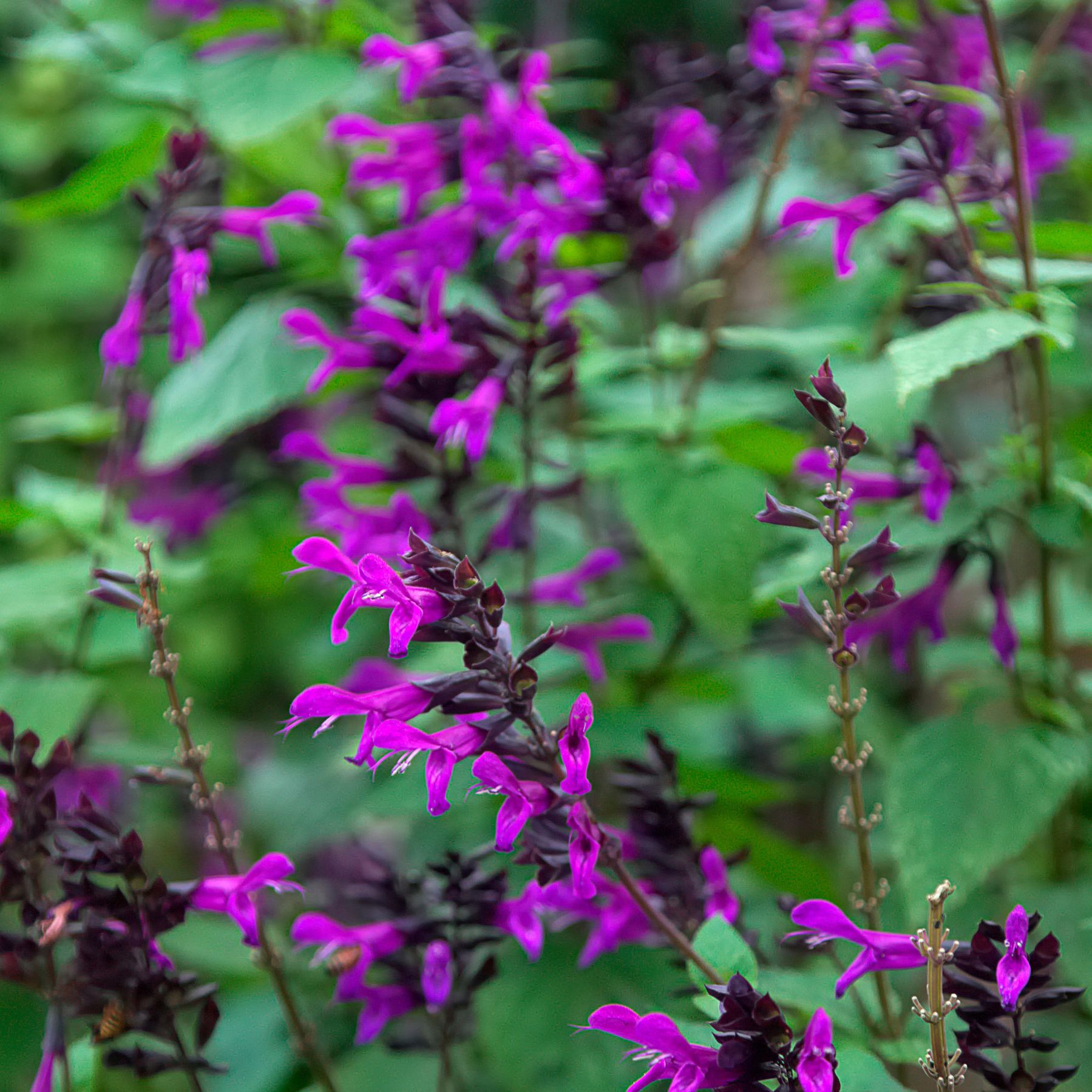Salvias, with their vibrant colors and alluring fragrances, have become a gardener’s delight. Renowned for their versatility, these plants can be incorporated into various garden styles and are celebrated for their resilience and pollinator-friendly characteristics.
From the sun-soaked beds to the quaint pots on a patio, the types of salvias: 16 best varieties for beds, pots and borders can transform your outdoor space into a tapestry of color and life. With over 900 species, there’s a salvia for every garden and gardener.
What are the best types of salvias for your garden?
Choosing the best salvias for your garden depends on your climate and design preferences. Perennial salvias like Salvia nemorosa and Salvia guaranitica offer lasting blooms, while annual salvias provide a burst of seasonal color. For sunny gardens, varieties such as Salvia farinacea and the vivid Salvia azurea are excellent choices.
When seeking low-maintenance salvias for beginner gardeners, look towards the robust Salvia officinalis, or garden sage, which doubles as a culinary herb. In contrast, the ‘Black and Blue’ salvia requires more attention but rewards with stunning deep blue flowers.
Drought-resistant options like Salvia greggii and Salvia microphylla are perfect for sustainable gardening. These species thrive with minimal watering, making them ideal for eco-conscious gardeners.
Remember to consider the height and spread of your chosen salvias to ensure they fit into your garden design seamlessly.
How to grow salvias in pots for a low-fuss patio?
Container-friendly salvias are a fantastic way to add color to a patio or balcony. To grow salvias in pots, ensure they have well-draining soil and receive adequate sunlight. Smaller varieties like Salvia greggii and Salvia microphylla are particularly suitable for containers, as they don’t outgrow their space.
Regular watering and feeding will keep your potted salvias blooming, but be careful not to overwater, as these plants prefer drier conditions. Deadheading spent flowers can promote further blooming throughout the season.
For an added touch, intersperse your salvias with other herbs or flowering plants to create a diverse, attractive display.
Lastly, choose a pot that complements the color and texture of your salvia’s blooms for a cohesive aesthetic appeal.
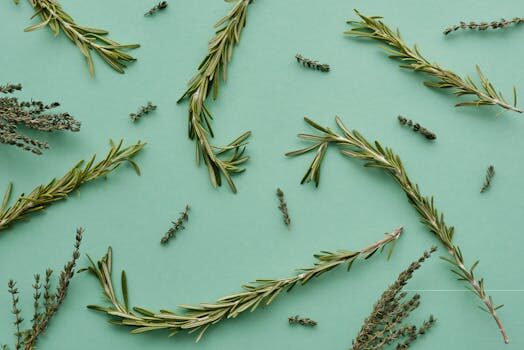
Which salvias are hardy and drought-tolerant?
Many salvia species are celebrated for their hardiness and ability to endure dry spells. Salvia nemorosa and Salvia x sylvestris are noted for their robust nature, often surviving harsh winters with the right care.
Drought-resistant salvia species such as Salvia greggii and Salvia leucantha can thrive with minimal watering once established, making them perfect for arid climates or water-wise gardens.
These salvias have adapted to conserve water, with leaves often exhibiting a waxy or hairy surface to reduce evaporation. They are ideal for gardeners seeking low-maintenance yet beautiful plants.
What are the most popular salvia varieties?
The popularity of salvias in gardening circles continues to grow, with varieties like ‘Amistad’, with its deep purple flowers, and ‘Hot Lips’, known for its bicolored blooms, leading the charge. The classic ‘May Night’ salvia, with its indigo flowers, remains a staple for its early bloom and hardiness.
Other favorites include ‘Caradonna’, which boasts striking violet flowers on dark stems, and ‘Rose Queen’, adorned with soft pink flowers that add a touch of grace to any garden.
For unique foliage, the silvery leaves of Salvia officinalis provide not only visual contrast but also culinary value.
How do salvias attract pollinators to your garden?
Salvias are a magnet for pollinators such as bees, butterflies, and hummingbirds. Their tubular flowers are rich in nectar, making them an essential stop for these creatures. The vibrant colors are highly attractive to pollinators, ensuring your garden is a hub of activity.
Salvias for attracting pollinators often have open, easily accessible flowers. This design enables pollinators to reach the nectar without difficulty, facilitating the pollination process.
By incorporating a mix of salvia varieties, you can provide nourishment for pollinators from spring until fall, contributing to a healthier ecosystem.
Can you use salvias for culinary purposes?
Certain salvia varieties are not only ornamental but also edible. Salvia officinalis, commonly known as garden sage, is a prime example of a culinary salvia plant. Its leaves can be used fresh or dried to flavor a variety of dishes.
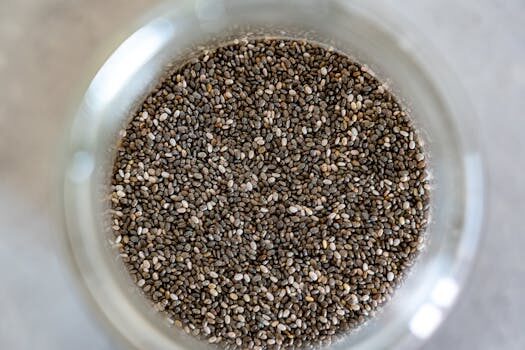
For a twist on traditional sage, try ‘Pineapple Sage’, which imparts a fruity flavor to desserts and beverages.
When using salvias in the kitchen, ensure they haven’t been treated with pesticides and harvest the leaves in the morning when their essential oils are most potent.
Here’s a glimpse into the world of salvias through a captivating video:
Questions related to the best salvia varieties for diverse gardening needs
What types of salvias are hardy?
Hardy salvias such as Salvia nemorosa and Salvia x sylvestris can withstand cold temperatures and return each year. Hardy salvia plants for cold climates include varieties like ‘East Friesland’ and ‘Blue Hill’, which offer longevity and beauty.
Always ensure proper winter care, like mulching the base, to help these hardy types survive the cold months.
Best perennial salvia varieties?
Among the best perennial salvias are ‘May Night’, ‘Caradonna’, and ‘Purple Rain’. These varieties are loved for their extended blooming period and resilience in various climates.
When choosing a perennial salvia, consider bloom time and foliage to ensure a vibrant garden throughout the growing season.
Best annual salvia varieties?
Annual salvias such as Salvia splendens and Salvia coccinea offer bright, seasonal color and are often easier to maintain. Annual salvias for seasonal color are a great choice for those looking to refresh their garden’s aesthetic each year.
Though they need to be replanted annually, these salvias can provide a quick and colorful impact on your garden’s design.
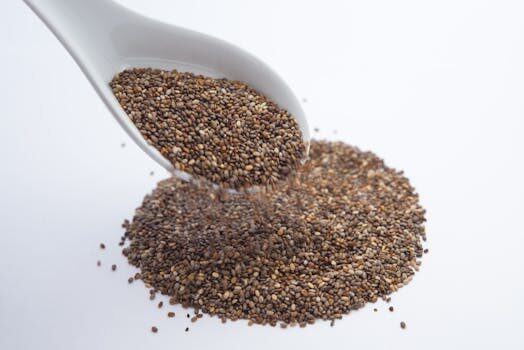
How do I keep perennial salvias coming back?
To ensure your perennial salvias return, proper care is essential. Cut back the plants in late fall or early spring to stimulate new growth. Additionally, dividing the plants every few years can rejuvenate older clumps and promote vigorous blooming.
Perennial salvias for long-lasting blooms require well-drained soil and a sunny location. With these conditions met, they should return year after year with stunning displays.
Which salvias are best for containers?
The container-friendly salvias such as Salvia microphylla, Salvia greggii, and ‘Ember’s Wish’ are excellent for pots. They stay compact and have a long blooming season, making them suitable for small spaces.
Remember to provide ample sunlight and good drainage for these potted beauties to flourish.
Are salvias fully hardy during winter?
While many salvias are hardy, not all can survive harsh winters outdoors. Hardy salvia varieties like Salvia nemorosa and Salvia x sylvestris can withstand frost, especially with protective mulching.
For less hardy types, consider overwintering them indoors or in a greenhouse to ensure their survival until the next season.
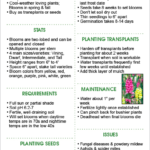 Snapdragons care guide: how to plant and grow antirrhinums
Snapdragons care guide: how to plant and grow antirrhinums
